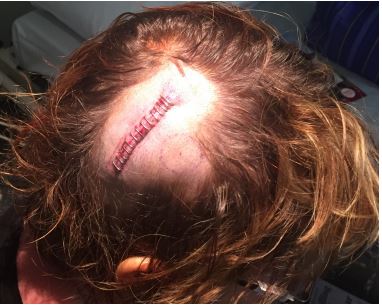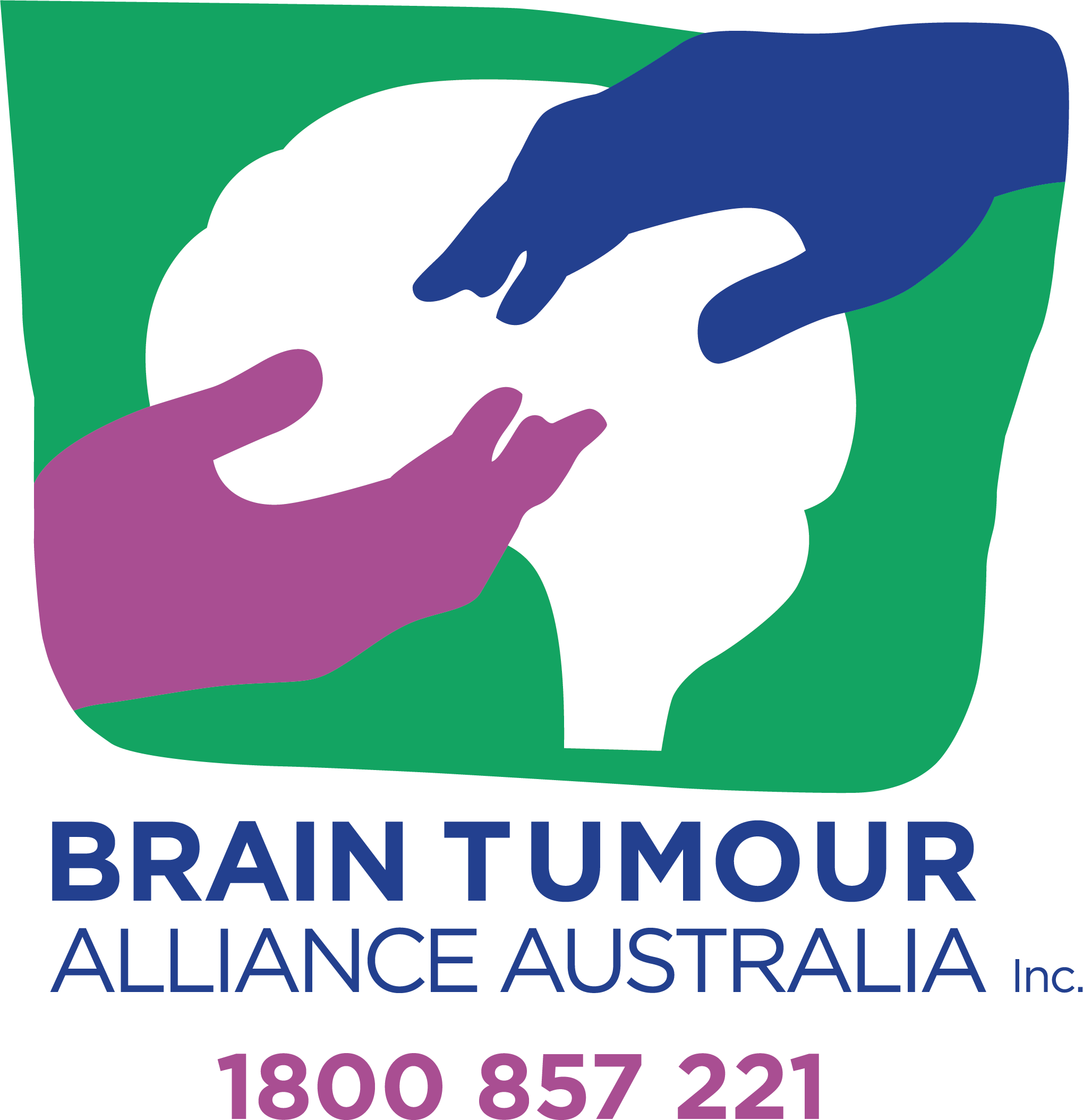My story began like many other brain tumour diagnosis - a middle of the night unexpected seizure. I awoke around 3 am and recognised that my left leg was shaking and I couldn’t stop it! I nudged my husband awake with the words “I can’t stop my leg from shaking!!!” I will never forget that moment, even though at the time I was thinking pinched nerve, and nothing more sinister. It was November 2016. Despite my resistance, my husband bundled me in the car for a 45-minute journey to the hospital emergency department. In hindsight it was a terrifying journey in - the shaking was progressively getting worse and travelling to my left arm and hand - which I now couldn’t unclench. Not surprisingly I was whisked through E.D. fairly quickly and was told a scan would be done of my brain. I remember feeling acutely embarrassed that this was way over the top and a huge overreaction. I was quite sure it would soon settle down and we would all look back and laugh.
After the scan a Doctor entered the cubicle and said the words which both mark the beginning of this saga and also came to represent what I would learn was “medical jargon”. “There is a lesion on your brain” A lesion I thought - What? - How did I injure my brain? - Because for the layperson a lesion is an injury, not a tumour. A further scan was required (MRI) to provide greater detail. As I was rolled into the waiting area for the MRI I encountered an unfortunate incident (which doesn’t actually represent my greater experience in the medical arena). A nurse sitting at a screen said to another sitting beside her, “So who do we have next?” Her response. "Tumour lady". That was my very first insight into the fact that what was in my brain was a tumour. It was also my very first insight into how information dissemination is flawed in the hospital/medical environment.
Back in the cubicle the same Doctor who imparted the ‘lesion’ information, very accurately diagnosed that the lesion was in fact a tumour, and from his knowledge, it looked very much like an Oligodendroglioma. Quite amazing knowledge of a very rare tumour - and correctly called well before any pathology/histology. I recall asking him to write down the name to make sure I could google it when I got home. (Yes I honestly believed I was going home!!!) So from here, I was admitted to our regional hospital which doesn’t do neurosurgery. After a day or so I was transferred to a major city hospital where I saw “my” neurosurgeon for the first time. A date for a surgical biopsy was set which ultimately confirmed formally the diagnosis. At the appointment to receive his advice, the neurosurgeon used the words “you have an inoperable brain tumour, but it's the best one to have”. I have since heard that many oligo patients hear these words so it must be part of the “playbook” of neurosurgeons.
Since that time (2016) and when I am writing this (2021) I have endured 6 months of chemotherapy, 3 monthly MRIs - one showing changes in November 2019 resulting in 30 days of radiation, followed by 11 more cycles of chemotherapy. Another MRI showing “new enhancing nodule of growth” in November 2020. The tumour remains inoperable, and now the new growth is 'un-biopsy-able' so genetic changes cannot be confirmed or discounted. I have learned much during this process about myself, family and friends. I have also learned an enormous amount about my tumour type.
I have decided to tell my story for many reasons - not least of which is educational, but also because if someone else going through a similar diagnosis recognises any part of my story in their own, and that brings them comfort or causes them to question more, then these are good outcomes.
Some information about Oligodendrogliomas I have learned along the way:
- Oligodendrogliomas come from oligodendrocytes, one of the types of cells that make up the supportive, or glial tissue of the brain.
- They can be low-grade (grade II) or high-grade (grade III, or anaplastic). Oligodendrogliomas are generally soft, grayish-pink tumors.
- They are often described as having a chicken mesh-like appearance.
- They are not encapsulated and therefore extremely difficult to remove with any certainty that every little strand is captured.
- Whilst these tumours are universally fatal the survival time after diagnosis depends very much on risk factors - those being:- your age, its operability, its genetic make-up, the size and location of the tumour.
- There is no known cause of brain tumours. (I was a healthy fit non-smoker, non-drinker before my diagnosis, who had little previous illness of note.)
- It is important to keep raising awareness of rare tumours because of the lack of action by Government to provide sufficient funding for research. Unlike many other cancers, survival rates for brain cancers have not changed in 20 -25 years and nor have the standard of care treatments.



